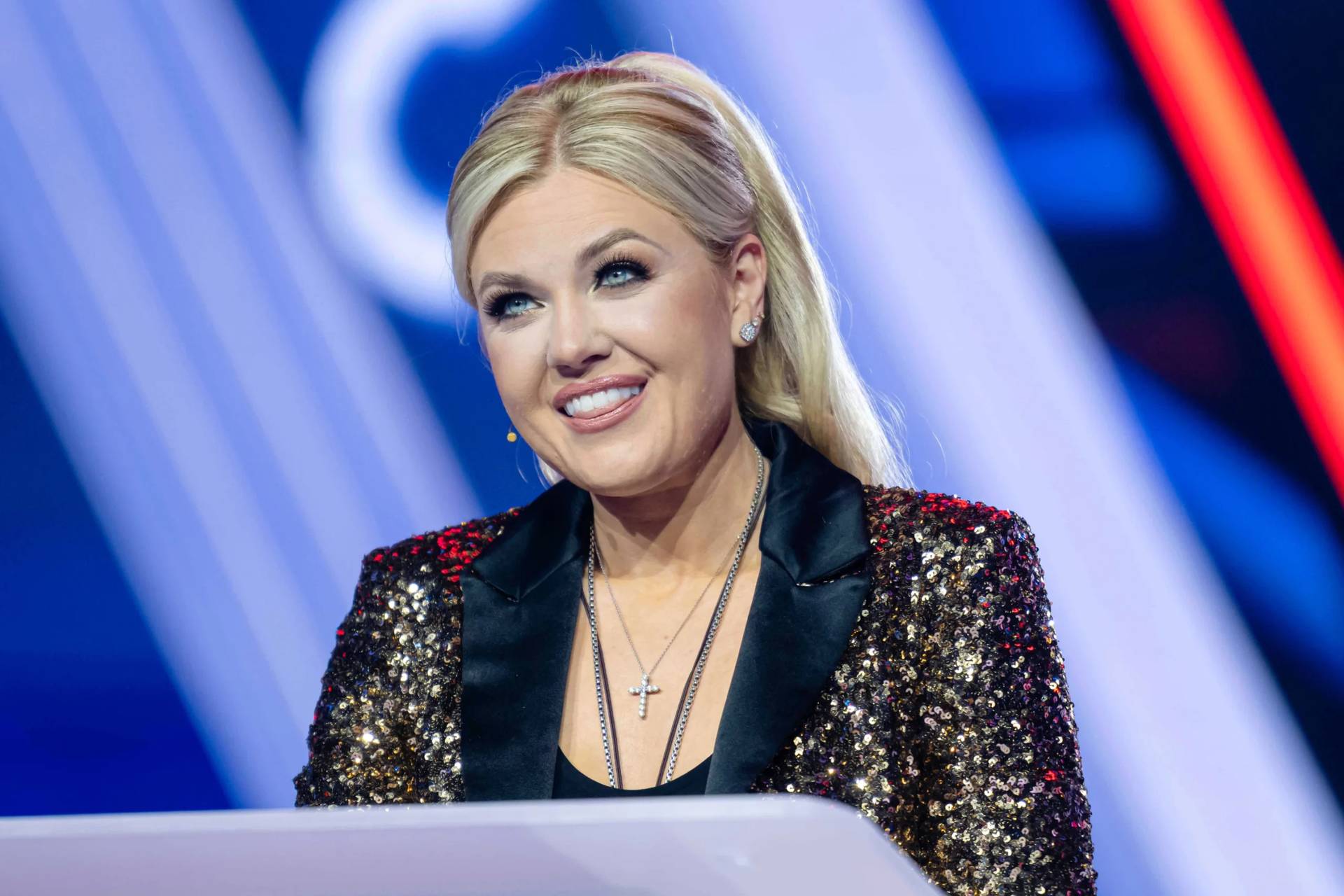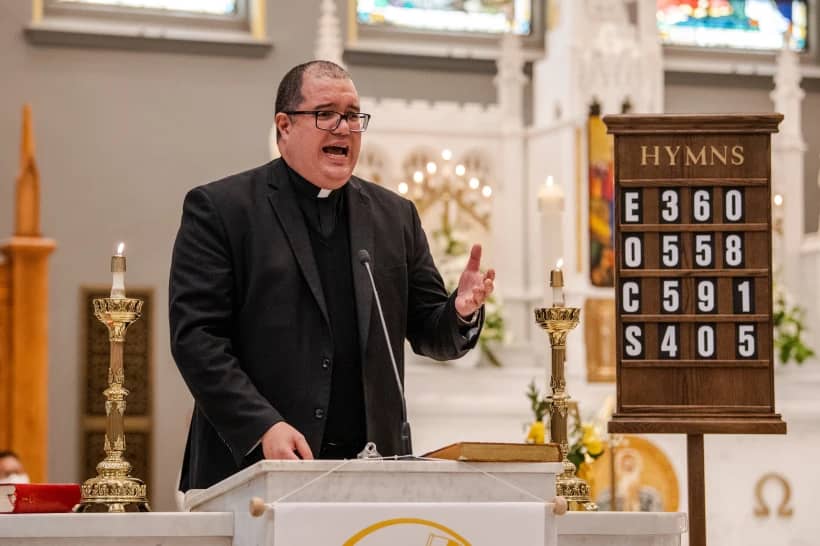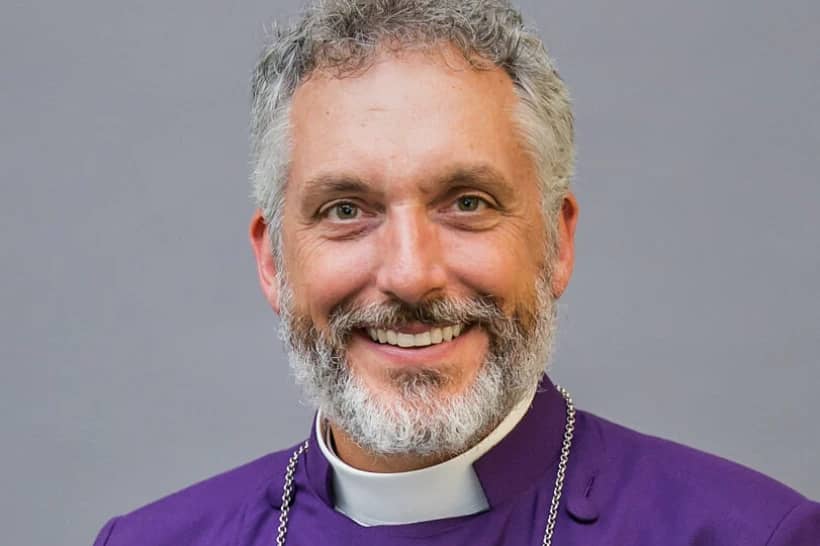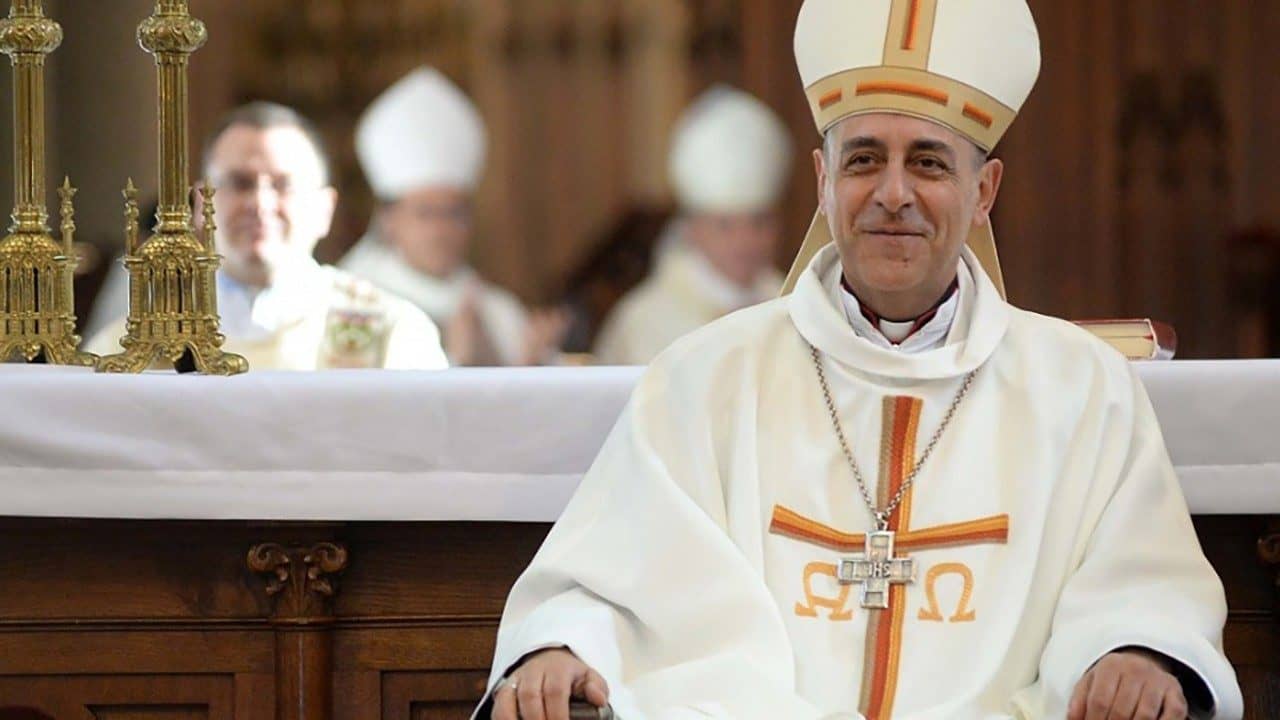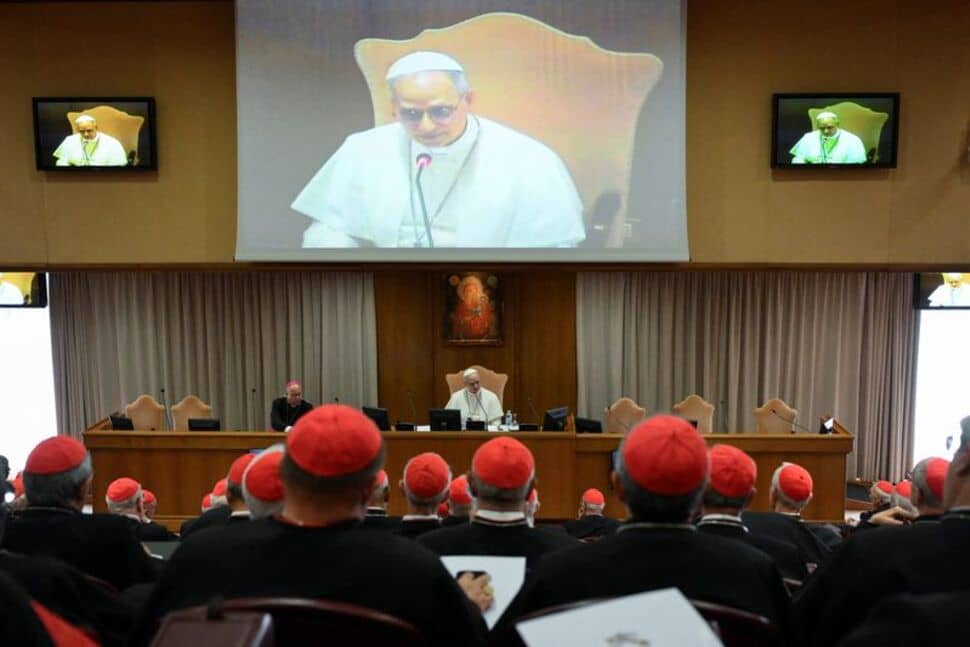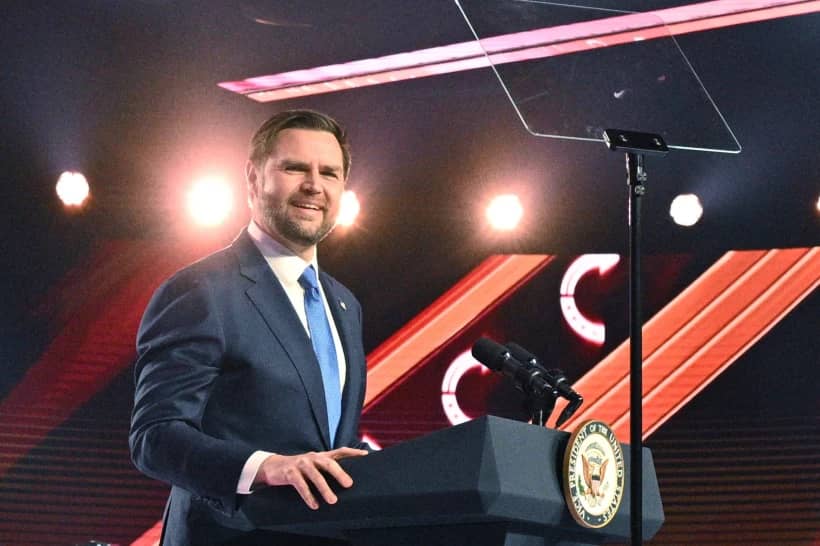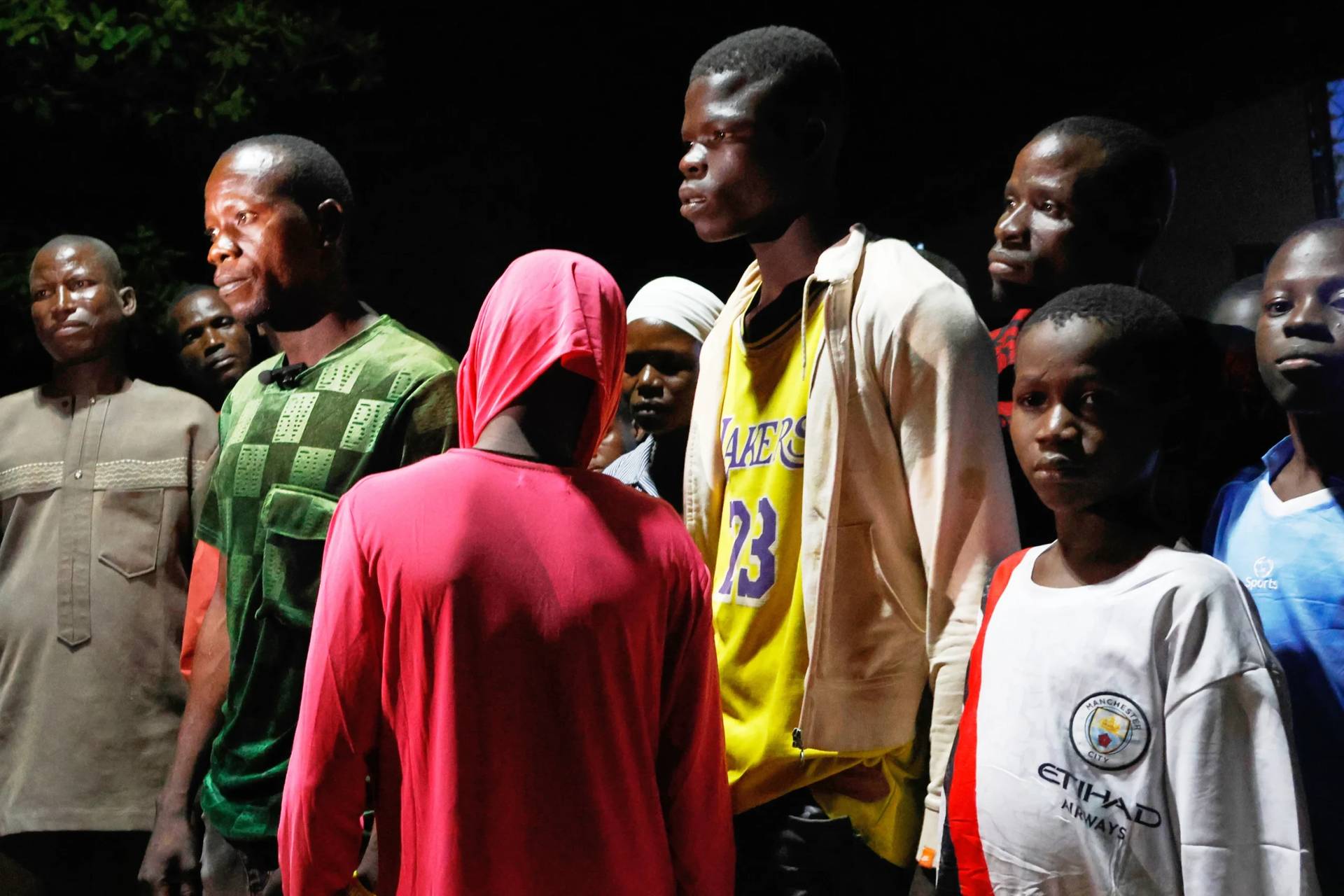ROME – A consistory, the event in which a pope creates new cardinals, is a bit like the Iowa Caucuses of the Catholic Church. It’s a moment in which not only the new Princes of the Church are in Rome, but many of the current ones are also in town at the same time, and it’s hard not to look at the gathering and wonder if we may be seeing a future pope.
That temptation is all the stronger given that, by far, the most important responsibility most cardinals will ever have is to file into the Sistine Chapel to elect their new boss.
In the past, it often seemed fairly easy to assess the impact of a given consistory on a future papal election. If the pope appeared to be stacking the deck with conservatives or liberals, it augured for a pope from that side of the street; if a pope appointed more curial officials than residential bishops, it might tip the scales in favor of a pope with a Vatican background; and so on.
In truth, those handicapping systems were never exact. In 1978, the theory was that Popes John XXIII and Paul VI had named a slew of moderate-to-progressives inspired by the reforming spirit of the Second Vatican Council, yet the second conclave of that fateful year produced Pope John Paul II and his muscular brand of “evangelical Catholicism.”
Similarly, after John Paul II and Benedict XVI many progressives despaired of ever seeing another pope sympathetic to their agenda, and yet the 2013 conclave produced Francis.
As the old Italian saying goes, “You always follow a fat pope with a thin one” – meaning that there’s often a pendulum dynamic in papal elections, in which a different sort of pontiff is chosen to remedy the perceived deficiencies of the previous one, or simply because people have grown weary of one way of running the Church and are looking for a change.
Looking at the last six papal elections, a front-runner won twice (Paul VI in 1963 and Benedict XVI in 2005), while perceived surprise candidates prevailed four times (John XXIII in 1958, John Paul I and John Paul II in 1978, and Francis in 2013).
Yet if papal elections are rarely predictable, Francis’s five consistories so far, in which he’s named 61 cardinals, including 15 from countries that have never had a Prince of the Church before, has made anticipating the outcome of the next conclave metaphysically impossible.
In the wake of Francis’s reshaping of the electoral college, no one has any idea what might happen next, and anyone who claims to probably also wants to sell you snake oil.
Under John Paul II and Benedict XVI, the majority of prelates introduced to the College of Cardinals were fairly known quantities, and one could at least engage in some intelligent guesswork about the kind of pope they’d be looking for.
When John Paul II tapped Australia’s George Pell in 2003, for instance, it wasn’t entirely unreasonable to suspect that Pell wouldn’t be backing a flaming liberal for the Throne of Peter. When Benedict XVI named seven curial cardinals out of a total of 18 in 2007, it was safe to assume they wouldn’t be hostile on principle to the idea of a pope who came out of Vatican service.
If anyone claims to know, however, how Cardinal Philippe Nakellentuba Ouédraogo of Burkina Faso would break down on such matters – or Cardinal Maurice Evenor Piat of Mauritius, or Berhaneyesus Demerew Souraphiel of Ethiopia, or Cardinal Louis-Marie Ling Mangkhanekhoun of Laos, or any of a slew of other relative unknowns – I’d love to hear it.
In reality, it’s not just that Francis has introduced a strong share of previously unfamiliar figures into the College of Cardinals, although that alone would be sufficient to make the next papal election more mysterious than usual.
It’s that these men represent cultures and experiences in which the usual issues that preoccupy Western Catholic discussion either don’t count at all, or certainly don’t count for as much. In Iraq, for instance, where new Cardinal Louis Raphael Sako heads the Chaldean Church, there’s not much energy left over for debates over Amoris Laetitia or inter-communion amid the daily struggle to keep a Christian community on life support afloat. In the Central African Republic, from whence Cardinal Dieudonné Nzapalainga hails, the reality of bitter Muslim/Christian conflict tends to make tussles over women deacons seem an afterthought.
Therein lies both the complexity and the fascination of the next conclave.
If the conclave of 1978 that elected John Paul II broke the Italian monopoly on the papacy, and the conclave of 2013 did the same thing for the European monopoly, the next papal election may well be the conclave that breaks the monopoly of Western psychology and politics. It will be, in other words, the first truly “universal” conclave, and while it may be impossible to handicap, it’s also destined to be must-see TV.







